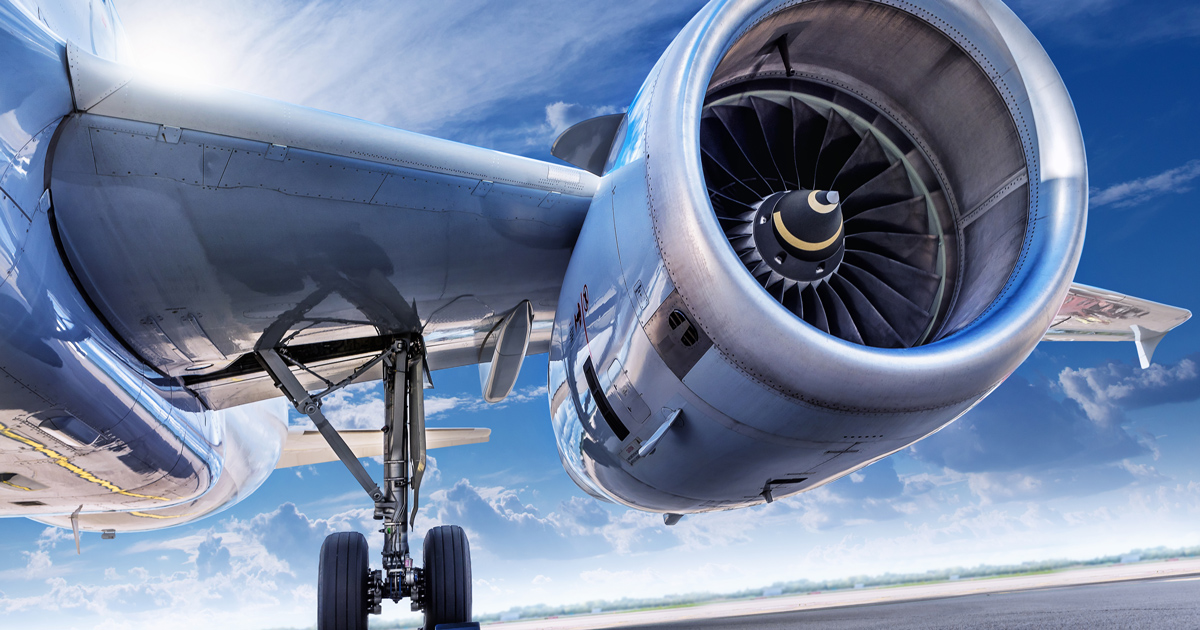Carbon emissions awareness and tracking are a major topic in the aviation industry today more than ever before, but what is driving this change? It is clear that the pandemic’s pause on business travel industry drove basic awareness. Road warriors had free time to read while they enjoyed working from home and some even enjoyed fresh air in their formerly smog-riddled cities, whether airline emissions were the culprit or not.
The bottom line is that it was evident six months into our new work-from-home culture that air quality received a perceived positive upgrade as commute times and air travel dropped. One potential contributor to the problem is jet fuel, which converts to CO2 when burned. Realizing that changes will become a necessity, the airline industry is working aggressively to preserve our ecological community by investing in bio-fuel sources and other new and emerging alternatives.
In a May 2021 article, Time magazine estimated that the aviation industry contributes approximately 2.5% of the overall global carbon emissions, but its contribution to climate change may be higher. Recognizing these issues, companies that travel and their managed travel providers are spending time and money on enhanced features that estimate or calculate flight emissions accurately and effectively. Pressure from corporate customers and individual travelers is nudging the industry towards action.
To counter the impact of emissions, the U.S. airline industry’s ‘Airlines for America’ trade organization announced that its members have committed to achieving net-zero emissions by 2050. The choice of that year does not appear to be random – that is the year that carbon emissions are forecasted to triple from current levels if no action is taken. The FAA announced on September 28 that they are adding features to gate management software to reduce
Airlines for America also pledged to achieve sustainable aviation fuel with making 2 billion gallons of sustainable aviation fuel available to U.S. carriers by 2030. Sustainable fuel sources can be plant oils, municipal waste or agricultural residue that generates up to 80% fewer carbon emissions than conventional fossil fuel.
From trade organizations to individual airlines, action steps are being put in place and plans created. American Airlines Chairman and CEO Doug Parker emphasized his sustainability goal for AA to thrive forever, which is why he pledged to reach net-zero by 2050. American Airlines prioritized short-term solutions to reduce their aviation emissions by renewing their fleet with more fuel-efficient aircraft by 2035 and committed $100 million to the Breakthrough Energy Catalyst program to research and create sustainable fuel alternatives.
It is apparent that the airline industry acknowledges both their impact on carbon emissions and the results that a concerted effort will make to achieve sustainability. Stay tuned for upcoming blog posts as we will discuss corporations and travelers’ contribution on carbon emissions.














